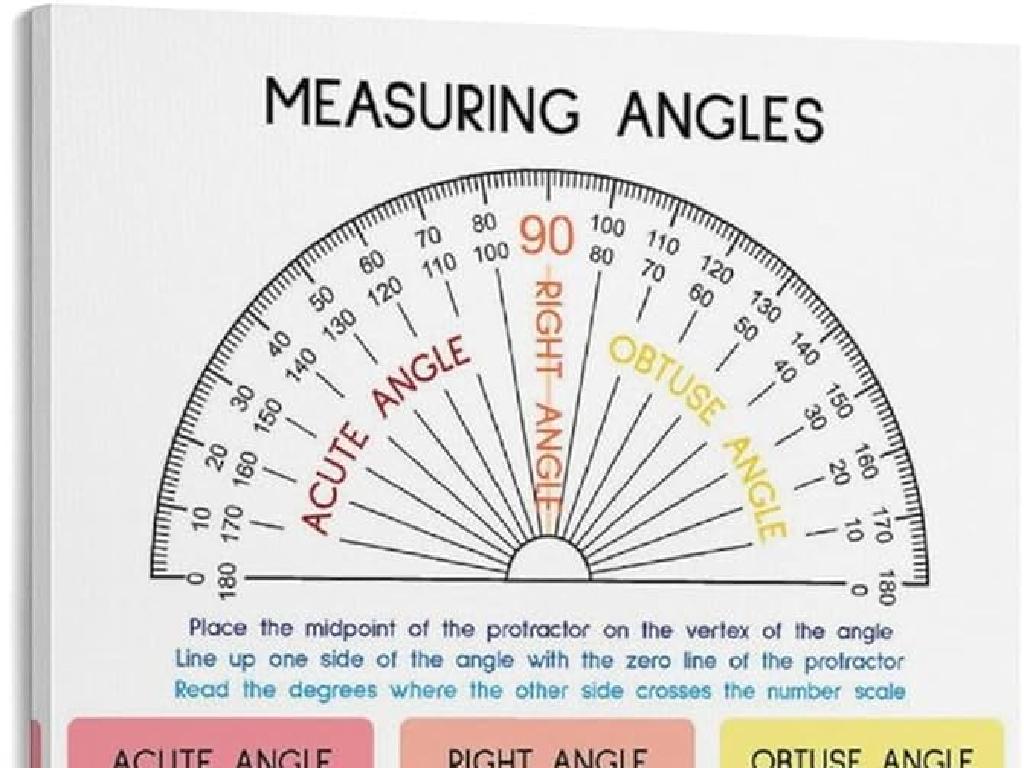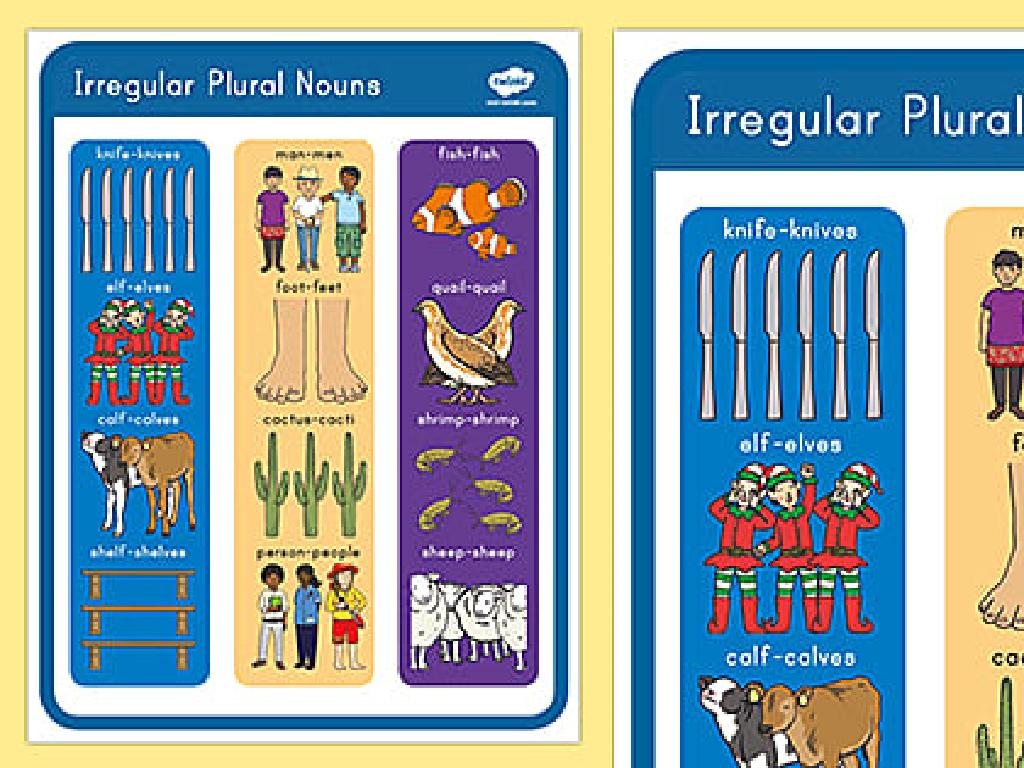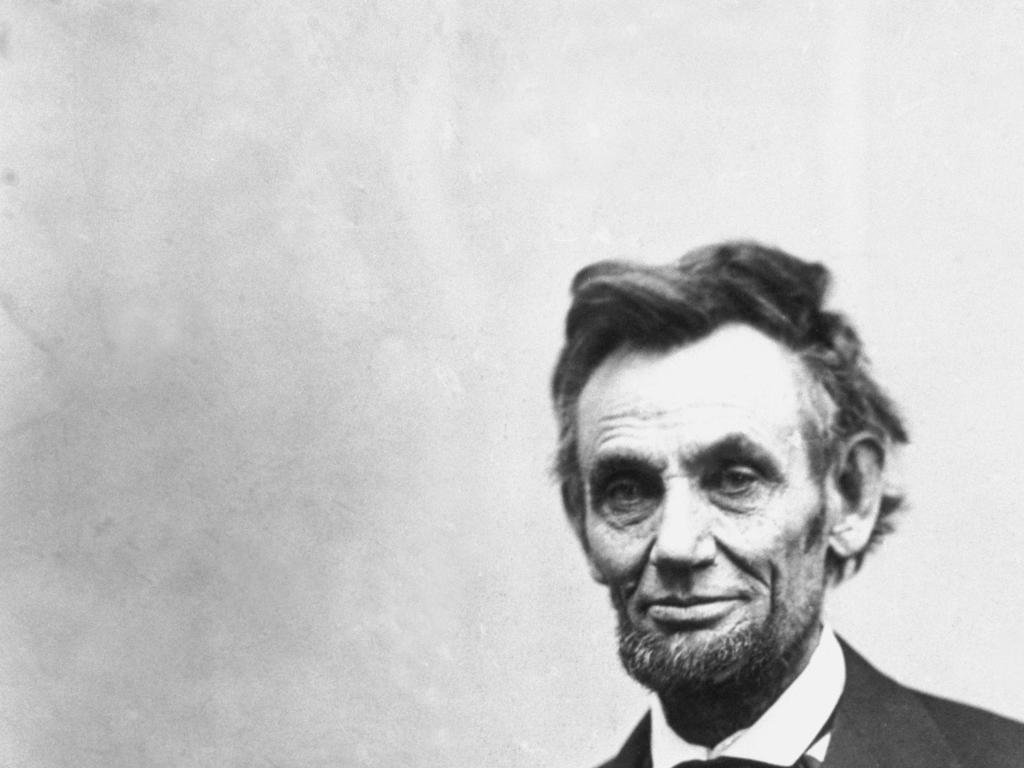Probability Of Simple Events And Opposite Events
Subject: Math
Grade: Seventh grade
Topic: Probability
Please LOG IN to download the presentation. Access is available to registered users only.
View More Content
Welcome to Probability!
– Grasp basic probability concepts
– Probability measures likelihood of events, expressed as a number between 0 and 1.
– Define simple events
– A simple event has a single outcome, like flipping heads on a coin.
– Understand opposite events
– Opposite events are mutually exclusive, like heads or tails.
– Calculate probabilities
– Use formulas to find the probability of simple and opposite events.
|
This slide introduces the foundational concepts of probability to seventh graders. Begin with explaining probability as a way to measure how likely an event is to occur, using a scale from 0 (impossible) to 1 (certain). Clarify that a simple event has only one outcome and give straightforward examples such as rolling a die. Discuss opposite events, emphasizing their mutually exclusive nature, and illustrate with examples like flipping a coin. Conclude by showing how to calculate the probability of these events, reinforcing the concept with practice problems. Encourage students to think of other simple and opposite events in their daily lives to relate to the material.
Understanding Probability
– Define probability
– Probability measures the chance of an event occurring, from 0 to 1.
– Explore the probability scale
– A scale where 0 means impossible, 1 means certain, and 0.5 means a fair chance.
– Discuss real-life probabilities
– Weather forecasts, winning a game, or drawing a red card from a deck.
– Learn about opposite events
– Opposite events are mutually exclusive with a sum probability of 1.
|
This slide introduces the concept of probability, which is a measure of how likely an event is to occur. The probability scale is a fundamental tool, ranging from 0 (impossible event) to 1 (certain event). Provide relatable examples such as the likelihood of rain (weather forecast) or winning a raffle to illustrate the concept. Discuss how opposite events, like getting heads or tails when flipping a coin, have probabilities that add up to 1. Encourage students to think of other examples of opposite events and how they might calculate those probabilities.
Probability of Simple Events
– Define a simple event
– A single outcome from a probability experiment, e.g., rolling a 3 on a die.
– Probability in a coin toss
– A coin has two sides; probability of heads or tails is 1/2.
– Calculate simple event probability
– Use formula P(E) = Number of favorable outcomes / Total possible outcomes.
– Opposite events concept
– Opposite events are complementary; the sum of their probabilities is 1.
|
This slide introduces the foundational concepts of probability, focusing on simple events. A simple event has only one outcome, such as rolling a specific number on a die. Use a coin toss to illustrate a basic probability model, where each side (heads or tails) has an equal chance of landing, making the probability 1/2. Teach students to calculate the probability of simple events using the formula P(E), emphasizing the importance of counting all possible outcomes accurately. Discuss the concept of opposite events, such as getting heads or not getting heads (tails) when tossing a coin, and how their probabilities always add up to 1. Provide examples and encourage students to come up with their own simple events to calculate probabilities.
Probability of Opposite Events
– Define opposite events
– Opposite events are mutually exclusive, one happens or the other.
– Example: Rolling a die
– If rolling a 6 is an event, not rolling a 6 is the opposite event.
– Calculating opposite event probability
– Probability of an event + its opposite always equals 1.
– Practice problem
– What’s the probability of not rolling a 3 on a fair die?
|
This slide introduces the concept of opposite events in probability, which are events that cannot happen at the same time. For example, when rolling a die, either you roll a six, or you do not. These are opposite events. To calculate the probability of an opposite event, subtract the probability of the event from 1. This is because the sum of the probabilities of an event and its opposite is always 1. Encourage students to think of other examples of opposite events and practice calculating probabilities. The practice problem at the end of the slide is designed to reinforce the concept and engage students in applying what they’ve learned.
Calculating Probabilities of Events
– Steps to calculate probabilities
– Identify the total number of outcomes and the number of favorable outcomes.
– Expressing probability with fractions
– Probability is the ratio of favorable outcomes to total outcomes, expressed as a fraction.
– Practice with example problems
– Solve problems to apply the steps and solidify understanding.
– Understanding opposite events
– Opposite events have probabilities that add up to 1.
|
This slide introduces the fundamental steps for calculating probabilities, emphasizing the use of fractions to express the likelihood of an event. Start by explaining the concept of total and favorable outcomes. Then, demonstrate how to set up and simplify fractions to represent probability. Provide practice problems to reinforce the method, ensuring students understand how to apply the steps. Discuss the concept of opposite events, such as flipping heads or tails on a coin, and how their probabilities relate. The notes should guide the teacher to facilitate student understanding through examples and practice, preparing them for more complex probability problems.
Class Activity: Probability in Action
– Engage in a probability game
– Gather coins, dice, and cards
– Work in groups for calculations
– Calculate the likelihood of various events, like flipping heads or rolling a six.
– Discuss probability outcomes
– Share findings and understand real-world probabilities.
|
This interactive class activity is designed to help students understand the concept of probability through hands-on experience. Provide each group with coins, dice, and a deck of cards. Students will perform experiments, such as flipping coins, rolling dice, and drawing cards, to calculate the probability of different outcomes. For example, they can determine the probability of getting heads when flipping a coin, or rolling a six on a die. After the activity, groups will discuss their results and reflect on how probability appears in real-world situations. As a teacher, facilitate the discussion and ensure each group understands how to calculate probabilities. Possible activities: 1) Coin flipping to see how often heads come up, 2) Rolling dice to find the frequency of a specific number, 3) Drawing cards to calculate the probability of getting a heart or a face card, 4) Mixing all three tools to create compound probability scenarios.
Review and Q&A: Probability Basics
– Recap of probability concepts
– Simple events, opposite events, and their probabilities
– Invite student questions
– Review class activity answers
– Go over the answers to today’s probability exercises
– Discuss understanding and applications
– How can we apply these concepts in real-life scenarios?
|
This slide is aimed at reinforcing the concepts taught in today’s lesson on the probability of simple and opposite events. Begin with a brief recap, highlighting key points. Open the floor for students to ask any questions they have, fostering an interactive environment. Review the answers to the class activity, ensuring that students understand the solutions. Encourage them to discuss how the probability concepts learned can be applied to real-life situations, such as predicting outcomes in games or everyday decisions. This will help solidify their understanding and see the relevance of probability in their lives.
Homework Assignment: Mastering Probability
– Complete probability worksheet
– Focus on simple & opposite events
– Simple events have a single outcome, opposite events are complementary.
– Understand compound events basics
– Compound events involve multiple simple events.
– Prepare for next class discussion
– Review examples of compound events to be ready.
|
This homework assignment is designed to reinforce the concepts of probability covered in class. Students should complete the provided worksheet, which focuses on simple and opposite events, to practice calculating probabilities. They should also begin to familiarize themselves with compound events, which are events involving two or more simple events. For the next class, students should be prepared to discuss compound events, including how to identify them and calculate their probabilities. Encourage students to think of real-life examples of compound events to share in class.





